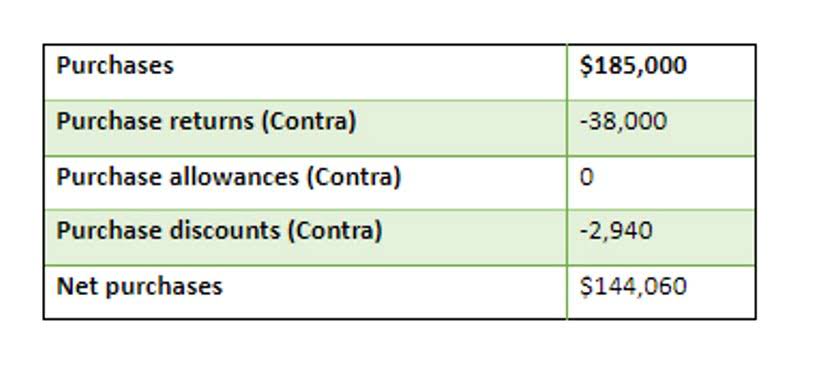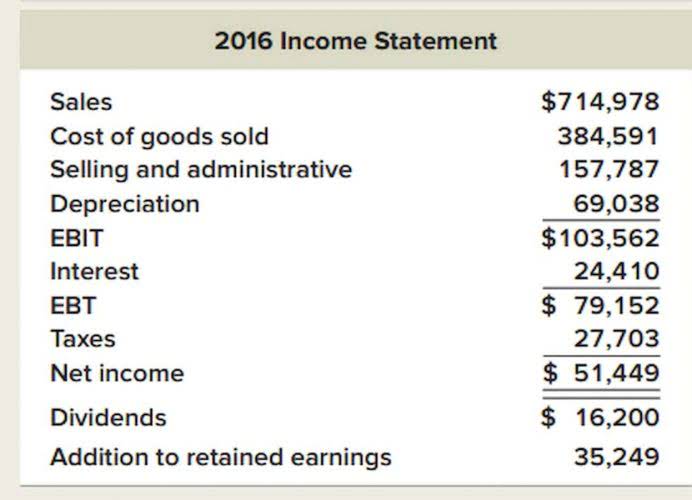Contribution Margin Ratio: Definition, Formula, and Example

The closer a contribution margin percent, or ratio, is to 100%, the better. The higher the ratio, the more money is available to cover the business’s overhead expenses, or fixed costs. A higher contribution margin indicates a higher proportion of revenue available to cover fixed costs and contribute to profit. You can calculate the contribution margin for individual products, called unit contribution margin, or for the entire business, which is called total or gross contribution margin. Use lower-priced packaging materials and turn off your machinery overnight to save electricity costs.
- Investors and analysts may also attempt to calculate the contribution margin figure for a company’s blockbuster products.
- One reason might be to meet company goals, such as gaining market share.
- As with other figures, it is important to consider contribution margins in relation to other metrics rather than in isolation.
- If they sold \(250\) shirts, again assuming an individual variable cost per shirt of \(\$10\), then the total variable costs would \(\$2,500 (250 × \$10)\).
- A university van will hold eight passengers, at a cost of \(\$200\) per van.
- Here’s an example, showing a breakdown of Beta’s three main product lines.
What is a Contribution Margin and How Do You Calculate It?
Just as each product or service has its own contribution margin on a per unit basis, each has a unique contribution margin ratio. If you need to estimate how much of your business’s revenues will be available to cover the fixed expenses after dealing with the variable costs, this calculator is the perfect tool for you. You can use it to learn how to calculate contribution margin, provided you know the selling contribution margin def price per unit, the variable cost per unit, and the number of units you produce. The calculator will not only calculate the margin itself but will also return the contribution margin ratio. The contribution margin is a profitability metric that measures how selling a particular product affects a company’s operating income. It is calculated as the selling price per unit, minus the variable cost per unit.
Income Statement
Using this formula, the contribution margin can be calculated for total revenue or for revenue per unit. For instance, if you sell a product for $100 and the unit variable cost is $40, then using the formula, the unit contribution margin for your product is $60 ($100-$40). This $60 represents your product’s contribution to covering your fixed costs (rent, salaries, utilities) and generating a profit. For example, if the price of a bottled drink is $1.50 and the variable costs of the materials, labor, and overhead for that one bottled drink were $1, then the unit contribution margin is 50 cents. This tells you that each bottled drink the company produces and sells contributes 50 cents toward covering fixed costs and generating a profit. If total fixed cost is $466,000, the selling price per unit is $8.00, and the variable cost per unit is $4.95, then the contribution margin per unit is $3.05.
- Calculating contribution margin (the difference between sales revenue and variable costs) is an effective financial analysis tool for making strategic business decisions.
- The Contribution Margin Calculator is an online tool that allows you to calculate contribution margin.
- Dobson Books Company sells textbook sets to primary and high schools.
- Management accountants identify financial statement costs and expenses into variable and fixed classifications.
- This is because the contribution margin ratio lets you know the proportion of profit that your business generates at a given level of output.
- Moreover, the statement indicates that perhaps prices for line A and line B products are too low.
Our Services
- With a high contribution margin ratio, a firm makes greater profits when sales increase and more losses when sales decrease compared to a firm with a low ratio.
- Variable costs vary with the volume of activity, such as the number of units of a product produced in a manufacturing company.
- Preference is given to products that provide a high contribution margin.
- It’s an important metric that compares a company’s overall profit to its sales.
- If the annual volume of Product A is 200,000 units, Product A sales revenue is $1,600,000.
This allocation of fixed overhead isn’t done for internal analysis of contribution margin. Furthermore, this ratio is also useful in determining the pricing of your products and the impact on profits due to change in sales. Accordingly, in the Dobson Books Company example, the contribution margin ratio was as follows. This is because the contribution margin ratio lets you know the proportion of profit that your business generates at a given level of output. Thus, the concept of contribution margin is used to determine the minimum price at which you should sell your goods or services to cover its costs. Furthermore, it also gives you an understanding of the amount of profit you can generate after covering your fixed cost.

On the other hand, the net profit per unit may increase/decrease non-linearly with the number of units sold as it includes the fixed costs. Fixed costs are costs that are incurred independent of how much is sold or produced. Buying items such as machinery is a typical example of a fixed cost, specifically a one-time fixed cost. Regardless https://www.bookstime.com/ of how much it is used and how many units are sold, its cost remains the same. However, these fixed costs become a smaller percentage of each unit’s cost as the number of units sold increases. The contribution margin is important because it gives you a clear, quick picture of how much “bang for your buck” you’re getting on each sale.

Contribution margin calculation is one of the important methods to evaluate, manage, and plan your company’s profitability. Further, the contribution margin formula provides results that help you in taking short-term decisions. To illustrate how this form of income statement can be used, contribution margin income statements for Hicks Manufacturing are shown for the months of April and May. For example, assume that the students are going to lease vans from their university’s motor pool to drive to their conference. A university van will hold eight passengers, at a cost of \(\$200\) per van.
Contribution margin as a measure of efficiency in the operating room
- When a company is deciding on the price of selling a product, contribution margin is frequently used as a reference for analysis.
- Variable costs are direct and indirect expenses incurred by a business from producing and selling goods or services.
- These might seem like obvious moves, but every little move you make helps when it comes to improving your contribution margin—even the smallest reduction in your variable costs can make a big difference over time.
- Let’s now apply these behaviors to the concept of contribution margin.
- It is, therefore, a matter of calculating the amount needed to cover the fixed costs.
In the Dobson Books Company example, the total variable costs of selling $200,000 worth of books were $80,000. Remember, the per-unit variable cost of producing a single unit of your product in a particular production schedule remains constant. However, ink pen production will be impossible without the manufacturing machine which comes at a fixed cost of $10,000. This cost of the machine represents a fixed cost (and not a variable cost) as its charges do not increase based on the units produced. Such fixed costs are not considered in the contribution margin calculations.


It also helps management understand which products and operations are profitable and which lines or departments need to be discontinued or closed. The contribution margin measures how efficiently a company can produce products and maintain low levels of variable costs. It is considered a managerial ratio because companies rarely report margins to the public. Instead, management uses this calculation to help improve internal procedures in the production process.

What is contribution margin and breakeven point?
Ready to Take The Next Step?
For more information about any of the products and services listed here, schedule a meeting today or register to attend a seminar.

